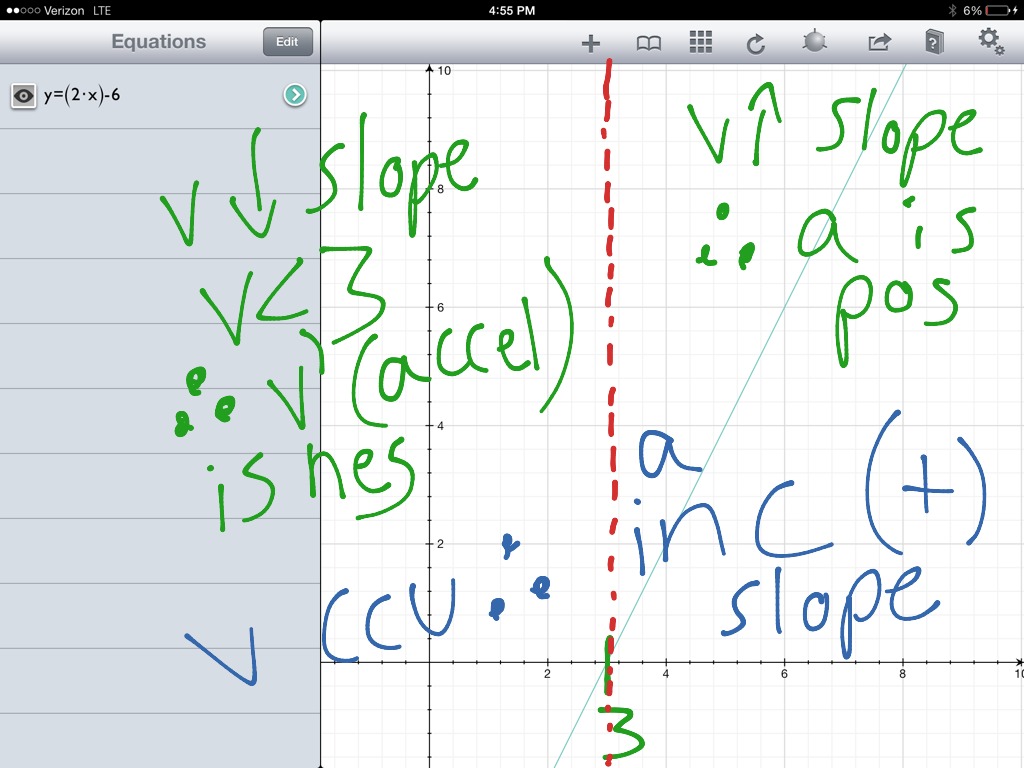

They recall how a single course-or even a single topic, such as fractions-derailed them from the sequential track. Droujkova and her colleagues have noticed that most of the adults they meet have “math grief stories,” as she describes them. It also prevents many others from learning math as efficiently or deeply as they might otherwise.

This turns many children off to math from an early age. It’s akin to budding filmmakers learning first about costumes, lighting and other technical aspects, rather than about crafting meaningful stories. They also miss the essential point-that mathematics is fundamentally about patterns and structures, rather than “little manipulations of numbers,” as she puts it. “Calculations kids are forced to do are often so developmentally inappropriate, the experience amounts to torture,” she says. Worse, the standard curriculum starts with arithmetic, which Droujkova says is much harder for young children than playful activities based on supposedly more advanced fields of mathematics. The current sequence is merely an entrenched historical accident that strips much of the fun out of what she describes as the “playful universe” of mathematics, with its more than 60 top-level disciplines, and its manifestations in everything from weaving to building, nature, music and art. She echoes a number of voices from around the world that want to revolutionize the way math is taught, bringing it more in line with these principles.

A minority of students then wend their way through geometry, trigonometry and, finally, calculus, which is considered the pinnacle of high-school-level math.īut this progression actually “has nothing to do with how people think, how children grow and learn, or how mathematics is built,” says pioneering math educator and curriculum designer Maria Droujkova. Then in early adolescence, students are introduced to patterns of numbers and letters, in the entirely new subject of algebra. The computational set expands to include bigger and bigger numbers, and at some point, fractions enter the picture, too. The familiar, hierarchical sequence of math instruction starts with counting, followed by addition and subtraction, then multiplication and division.


 0 kommentar(er)
0 kommentar(er)
